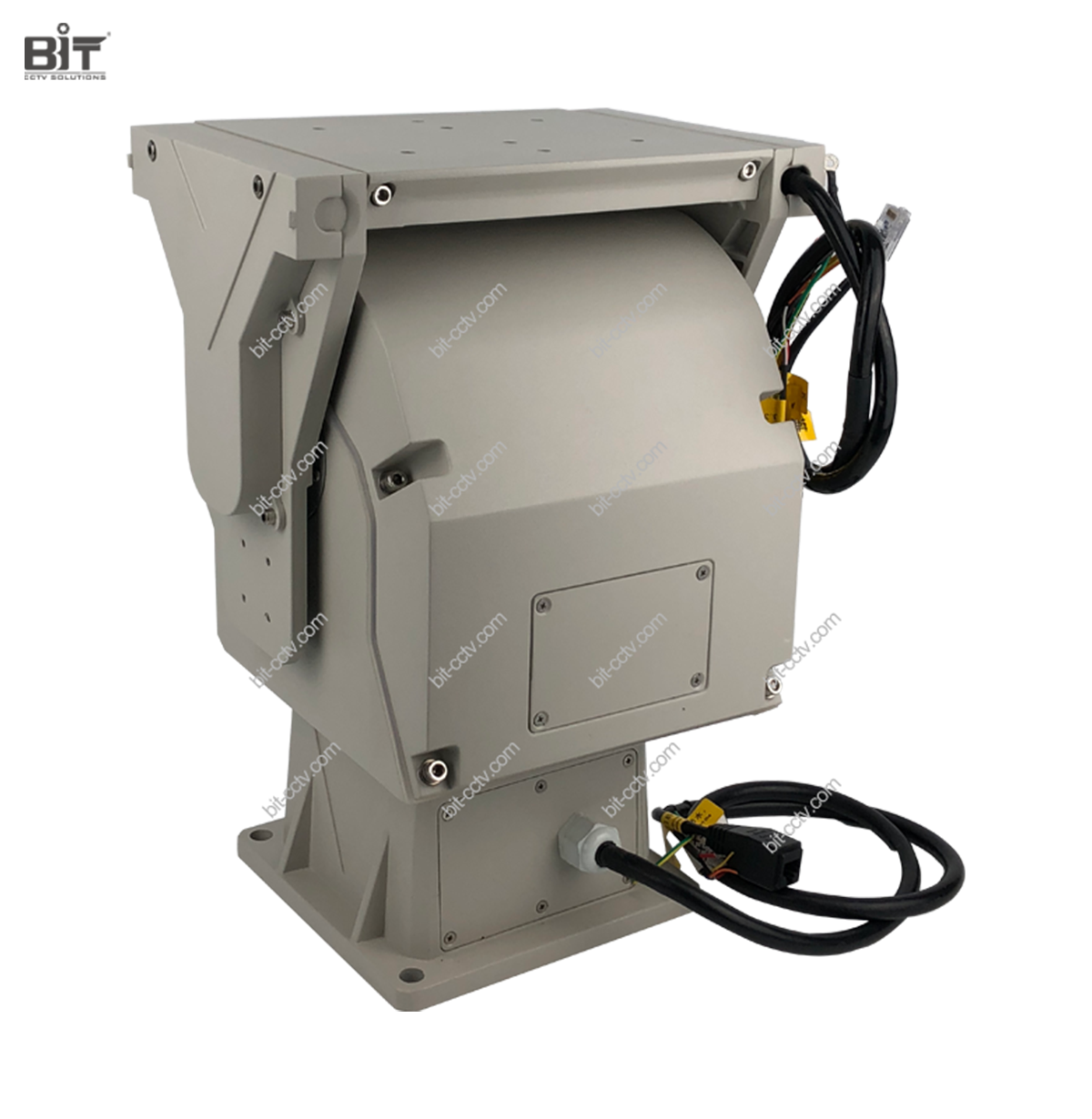
# Pan Tilt Unit Technology Overview
## Introduction to Pan Tilt Units
Pan Tilt Units (PTUs) are mechanical devices that provide two-axis rotational movement, enabling precise positioning of cameras, sensors, or other equipment in both horizontal (pan) and vertical (tilt) directions. These systems have become essential components in various industries, from surveillance and defense to broadcasting and robotics.
## Key Components of PTUs
A typical Pan Tilt Unit consists of several critical components:
– Base platform for mounting and stability
– Pan mechanism for horizontal rotation
– Tilt mechanism for vertical movement
– Motors (servo, stepper, or DC)
– Control electronics and interface
– Position feedback sensors (encoders or potentiometers)
– Housing and environmental protection
## Types of Pan Tilt Units
PTUs come in various configurations to meet different application requirements:
### 1. Surveillance PTUs
Designed for security applications, these units often feature weatherproof enclosures and smooth, quiet operation.
### 2. High-Speed PTUs
Used in tracking applications, these units prioritize rapid movement and precise positioning.
### 3. Heavy-Duty PTUs
Built to support larger payloads, these robust units are common in industrial and military applications.
### 4. Compact PTUs
Miniaturized versions for space-constrained applications or mobile platforms.
## Technical Specifications
When selecting a PTU, consider these key parameters:
– Rotation range (pan and tilt angles)
– Speed (degrees per second)
– Payload capacity
– Positioning accuracy
– Repeatability
– Environmental ratings (IP, temperature range)
– Power requirements
– Communication interfaces
## Applications of Pan Tilt Units
PTUs serve numerous industries and purposes:
– Security and surveillance systems
– Broadcast camera positioning
– Robotic vision systems
– Military targeting and tracking
– Scientific instrumentation
– Automated inspection systems
– Drone camera stabilization
## Control and Integration
Modern PTUs offer various control options:
– Serial communication (RS-232, RS-485)
– Ethernet and IP connectivity
– CAN bus integration
– Wireless control (Wi-Fi, Bluetooth)
– Proprietary control protocols
– Standardized APIs for software integration
## Future Trends in PTU Technology
The PTU market continues to evolve with several emerging trends:
– Increased integration with AI and machine vision
– Development of more compact and lightweight designs
– Improved energy efficiency
– Enhanced environmental robustness
– Higher precision positioning capabilities
– Greater standardization of control interfaces
Keyword: pan tilt unit
## Conclusion
Pan Tilt Units represent a mature yet continually advancing technology that enables precise positioning and tracking across numerous applications. As demands for automation, surveillance, and precision increase, PTU technology will continue to play a vital role in various industries, adapting to new challenges and incorporating emerging technologies.